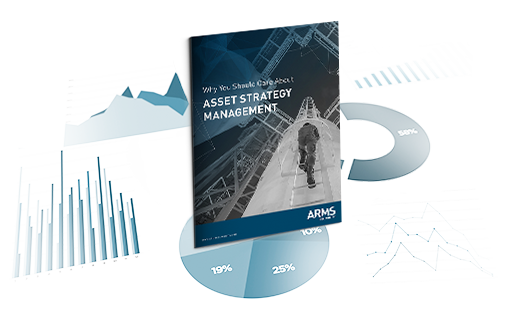Taking an informal approach to reliability strategy development can be costly. Here, we look at how informal reviews and updates to strategy will ultimately manifest in unplanned failures and inconsistent performance of like assets.
Inconsistency reins
Having worked with many organizations across many industries, we see that most adopt different approaches to maintenance strategy development or review across different departments – even on a single site. This inconsistency is understandable, albeit undesirable. At different times, different consultants and/or different technical solutions have been used to review or develop strategy, and people generate their “favorite” approach. They then take their favorite approach with them to new departments and inconsistency reins.
So, what’s the problem with inconsistency? Reliability strategies have the tendency to “wander” – in other words, they are changed back and forth over time because different people with different backgrounds, experience and approaches come in, review the strategies with their individual lens, and make what they think are appropriate changes.
Unjustified changes lead to error
In many cases, these changes are not justified, evaluated or reviewed. For example, it may be that someone simply goes into the EAM system and changes an interval from 12 weeks to 14 weeks to match some new operational schedule – with little regard to the impact of that change on the risk of unplanned failures.
This is the crux of the problem. Informal approaches to strategy development or review lead to unjustified and poorly evaluated changes being made, which then increases the risk of unplanned failures, poor performance, and high maintenance costs.
There is a period between any change to strategy and the impact that the change might create. A poor strategy change has an impact on the risk of experiencing a failure, and the risk might be elevated for some time before an actual failure occurs.
When failure does occur, most organizations simply don’t have the capability to pull the strategy from their EAM system or gain an understanding of how it has changed over time, by whom, for what reasons and the justification of the change. This makes it very challenging to link the failure to any specific change made to the reliability strategy.
The result? The unplanned failure leaves most organizations feeling out of control of their assets. Each failure seems like a unique event and it becomes very hard to trace what’s going wrong.
Consistency breeds control
If there is a consistent approach to strategy development and review, then the resulting reliability strategy should be risk-based, justified and cost-effective – meeting the goals of the operations. It should be auditable and traceable, so that if an unplanned failure occurs in the future, the strategy can be revised and updated based on the latest equipment and operational characteristics to continually leverage asset knowledge to align strategy to operational goals.
A traceable, continually evolving reliability strategy will deliver significant returns. There’s the opportunity to deliver a step change in organizational performance when the structured strategy development process includes a connected dataset of generic content. This means any improvement in the reliability strategy of a specific asset can be leveraged across all similar assets within the same plant or across the entire organization.
Here’s an example. A large and mature oil and gas organization states that they have an unplanned failure or reliability issue, yet they can’t trace the failure back from the routine maintenance plans they have in SAP to the reliability strategy decision-making process. There’s no connection between the two, making it all but impossible to have strategies that learn over time – which would allow the organization to benefit from the vast asset knowledge it actually has. Instead, failures keep occurring.
The oil and gas organization – like any other that manages a range of assets that impact performance – needs a structured reliability strategy review and development process so that consistent strategies are aligned to operational goals and are continually adjusted to support the ongoing improvement of a global asset base.


